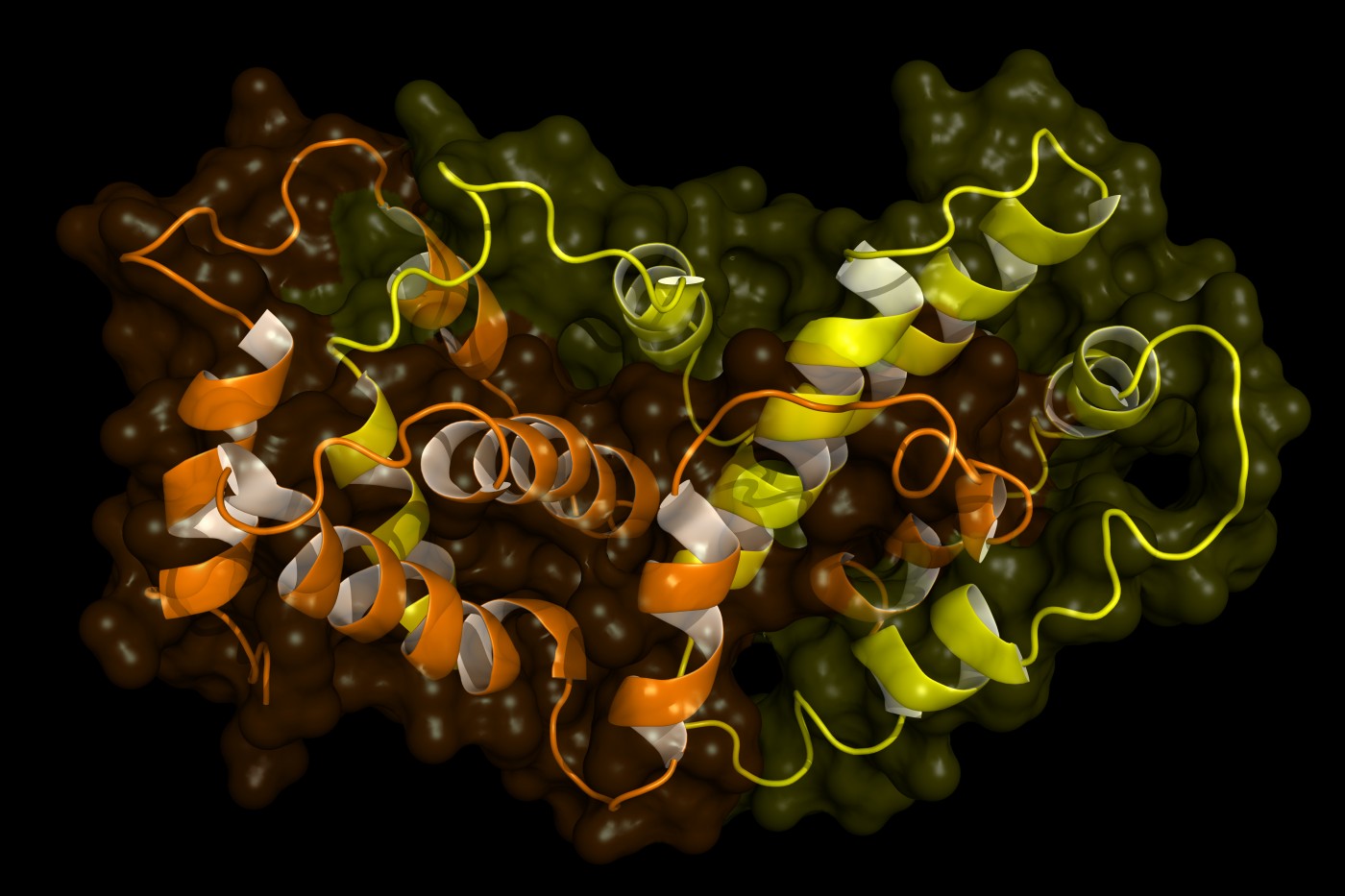 A recent study published in the journal BMC Bioinformatics revealed the recent creation of a structural database centered on the epidermal growth factor receptor (EGFR) gene, which includes reports on mutations and drug resistance features and their association with non-small cell lung cancer (NSCLC). The study is entitled “EGFR Mutant Structural Database: computationally predicted 3D structures and the corresponding binding free energies with gefitinib and erlotinib.”
A recent study published in the journal BMC Bioinformatics revealed the recent creation of a structural database centered on the epidermal growth factor receptor (EGFR) gene, which includes reports on mutations and drug resistance features and their association with non-small cell lung cancer (NSCLC). The study is entitled “EGFR Mutant Structural Database: computationally predicted 3D structures and the corresponding binding free energies with gefitinib and erlotinib.”
NSCLC is the most common type of lung cancer, corresponding to about 85% of all the lung cancers diagnosed. One of the common treatment options for NSCLC is to target the tyrosine kinase (TK) domain of the EGFR with gefitinib and erlotinib, two tyrosine kinase inhibitors (TKIs) normally used. Both inhibitors are effective, but on some occasions EGFR TK suffers a mutation that compromises treatment efficacy. It is estimated that 10 to 15% of white patients and 30% of east asians develop a mutation in the EGFR TK domain. The Protein Data Bank (PDB) only has structural information for a few EGFR mutants, although over one hundred different mutations have been reported in this gene.
In this study, the authors wanted to generate an EGFR Mutant Structural Database comprising more than one hundred EGFR mutants and their corresponding binding free energy (an index to evaluate the binding affinity to drugs) to gefitinib and erlotinib. The binding free energy index can be used as an indicator of drug resistance. The 3D structures of EGFR mutants were also computationally predicted and included on the database.
To construct the database, researchers collected data from 112 mutation types in 942 NSCLC patients categorized into five groups: deletion, insertion, modification, substitution and duplication. Substitution was the mutation type more common representing 61.61% of all EGFR mutation types and was found in 54.14% of NSCLC patients. Of the total number of patients, 388 (41.19%) had a mutation in residue 858 that resulted in a substitution of the amino acid leucine by arginine (L858R),and 32.14% of mutations were found to occur at exon 19, with 44.48% of patients carrying a mutation at exon 21.
The research team concluded that their EGFR Mutant Structural Database offers 3D structures and data on the binding affinity between mutants and drug inhibitors, which they believe can aid other investigators studying NSCLC and medical doctors, providing clinical guidance in terms of the drug resistance pattern of each EGFR mutant.
The EGFR Mutant Structural Database is free and available here.


